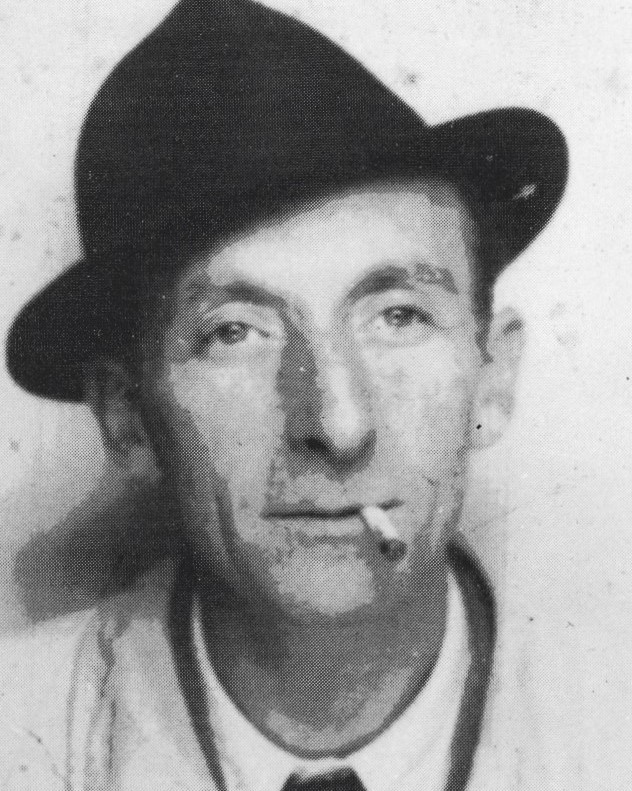Jules PASCIN
January 3, 2019Paul PITOUM
January 3, 2019Robert PIKELNY
LODZ (POLAND) 1904 – PARIS 1986
Robert Pikelny started his artistic education in Moscow, where his parents settled in 1908. He discovered painting through the artists at the Tretiakov Gallery. The latter was an important gallery in Moscow, which exhibited works by Repin, Vassili Ivanovitch Sourikov, and Valentin Alexandrovitch Serov. Pikelny’s childhood bedroom was decorated with reproductions of these artists. Later, he was more attracted by Jack of Diamond artists. This Russian movement was influenced by Fauvism and Cubism. Ilya Machkov, Pikelny’s first teacher, and Chevtchenko, a painter influenced by Cézanne and attracted by Paris, both joined this movement.
In 1922, Pikelny traveled to Vienna and Berlin. He met Jean Pougny who became his friend. In 1923, Pikelny arrived in Paris and settled in a studio next door to Pougny. The latter introduced him to the Russian Artists Society to which he, Pailes, and Kikoine belonged. His close friends were Lazare Volovick, Vladimir Naiditch, and Ossip Lubitch, as well as art lover André Fize, who supported him and believed in his talent. Pikelny illustrated and wrote in various artistic journals and magazines. He met Éliane Steinville, a model at the Grande Chaumiere, who became his wife. During World War II, Pikelny took refuge in the south of France. He returned to Paris right after the Liberation and traveled to Italy, Spain, and Turkey.
Stories of Jewish Artists of the School of Paris 1905-1939
FRENCH-ENGLISH
Capitale des arts, le Paris des années 1905-1939 attire les artistes du monde entier. De cette période de foisonnement, un terme est resté, celui d'Ecole de Paris, qui recouvre une grande diversité d'expression artistique. Dans ce brassage dont Montparnasse est le creuset, un groupe se distingue : celui des artistes juifs venus de Russie, de Pologne et d'Europe centrale. Si leurs styles sont variés, un destin commun les rassemble : ils fuient l'antisémitisme de leur pays d'origine. Certains ont connu la célébrité dès les années 1920, tels Soutine, Lipchitz ou Chagall. D'autres n'ont pas eu le temps ou la chance d'y accéder. Près de la moitié a péri dans les camps de concentration nazis.
From 1905 to 1939, Paris attracted artists from all over the globe as the capital of the art world. This period of artistic proliferation became known as the School of Paris, and includes a great diversity of artistic expression. Within the teeming art world centred on Montparnasse, one group set itself apart: Jewish artists from Russia, Poland, and Central Europe. Although their styles were diverse, they shared the common fate of fleeing anti-Semitic persecutions in their home countries. Some became famous in the 1920s, such as Soutine, Lipchitz, and Chagall, while others did not have the time or the luck to gain renown. Nearly half of these artists died in Nazi concentration camps.





